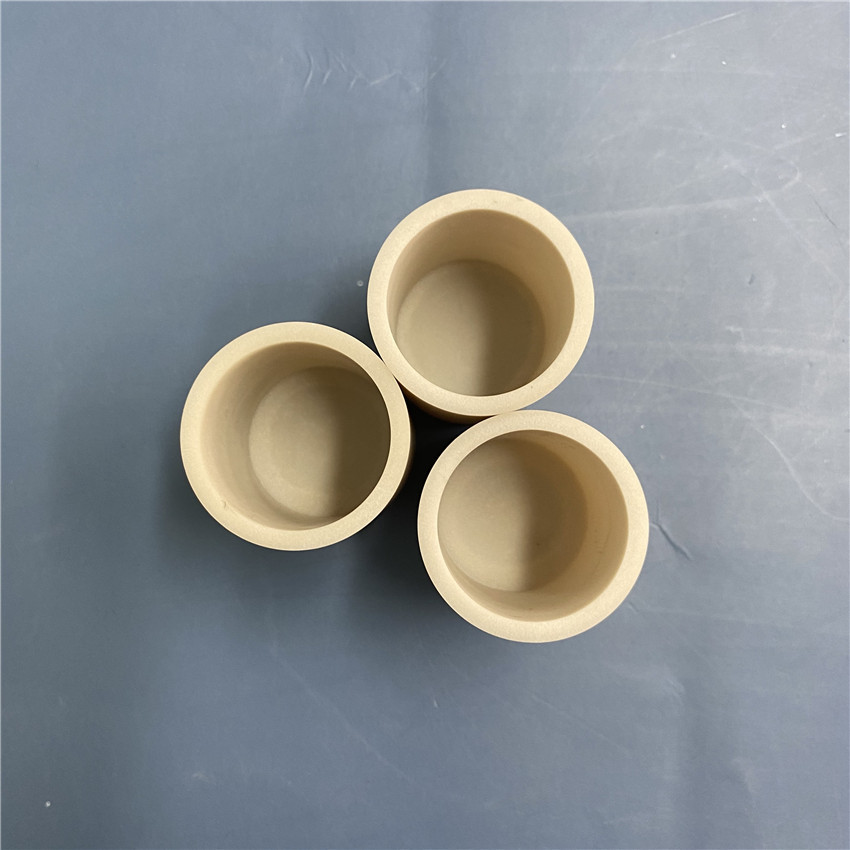Discover Premium Ceramic Products | Durability & Elegance United | Advanced Ceramics
Title: 3D Printing Breaks the Mold: Crafting Impossible Ceramics
(3d Printing Technology Promotes The Manufacturing Revolution Of Complex Structural Ceramic Components)
Blog Content:
1. What Exactly is 3D Printing for Complex Structural Ceramics?
Forget clay on a potter’s wheel. 3D printing for complex structural ceramics is high-tech sculpting. It builds intricate ceramic parts layer by layer directly from digital designs. Think of it like a super-precise inkjet printer. But instead of ink, it uses a paste or slurry loaded with tiny ceramic particles. Lasers or binders then fuse these particles together solidly. This process creates shapes impossible for traditional methods. Molds and cutting tools often fail with complex internal channels or super-fine lattices. 3D printing handles these easily. It unlocks entirely new designs for ceramic components.
2. Why is 3D Printing Revolutionizing Complex Ceramic Manufacturing?
Traditional ceramic manufacturing hits big walls with complex shapes. Making intricate molds is expensive and slow. Machining hardened ceramics is difficult and wasteful. These methods also limit design freedom. 3D printing smashes these barriers. Designers gain incredible freedom. They can create parts with internal cooling channels, honeycomb structures for lightness, or unique geometries for better performance. This freedom is key for advanced applications. Speed is another win. Going from a digital file to a finished ceramic prototype happens much faster. Less material gets wasted too. Only the needed ceramic gets deposited. Complex parts become more practical and affordable to produce. This is a true revolution.
3. How Does This Ceramic 3D Printing Magic Actually Work?
Several methods exist, but two lead the pack for complex structural ceramics. First, Binder Jetting. A print head sprays liquid binder onto a thin layer of ceramic powder. This binds the powder particles together in the desired shape. Layer by layer, the part forms inside a powder bed. After printing, the “green” part needs careful heat treatment. This burns off the binder and sinters the ceramic particles into a solid piece. Second, Vat Photopolymerization. A vat holds liquid resin mixed with ceramic particles. Light, usually a laser or projector, hardens the resin layer by layer. This traps the ceramic particles. The printed part then undergoes debinding and sintering too. Both methods create incredibly detailed ceramic structures.
4. Where Are These 3D Printed Ceramic Components Making an Impact?
The unique abilities of 3D printed complex structural ceramics are transforming industries. Aerospace and defense love them. Turbine blades with intricate internal cooling channels boost engine efficiency. Lightweight, heat-resistant components are vital for rockets and hypersonic vehicles. Medical implants benefit hugely. Bone scaffolds mimic natural bone structure perfectly. This encourages real bone growth. Custom dental crowns and bridges fit better than ever. Energy and electronics gain too. Sophisticated heat exchangers manage extreme temperatures in power plants. Insulating components for electronics handle high voltages in tight spaces. Even luxury fields use them. Intricate ceramic jewelry and artistic pieces showcase the design freedom.
5. Your Top Questions About 3D Printed Complex Ceramics Answered
(3d Printing Technology Promotes The Manufacturing Revolution Of Complex Structural Ceramic Components)
People often ask about strength. “Are these parts strong enough?” Absolutely. Sintering creates dense, strong ceramics. Properties match or even exceed traditionally made parts. Material choice matters greatly. Next, “How complex is too complex?” The limits keep expanding. Extremely fine details, undercuts, and enclosed channels are standard now. Design software is the real limit, not the printer. “Is it expensive?” Initially, yes. Equipment and materials cost more than basic pottery. But for complex parts, it often saves money overall. No expensive molds. Less wasted material. Faster prototyping. Finally, “What about size?” Printers are getting bigger. Large industrial systems can produce parts over a meter in size. Smaller parts are more common today. The technology keeps improving rapidly.


